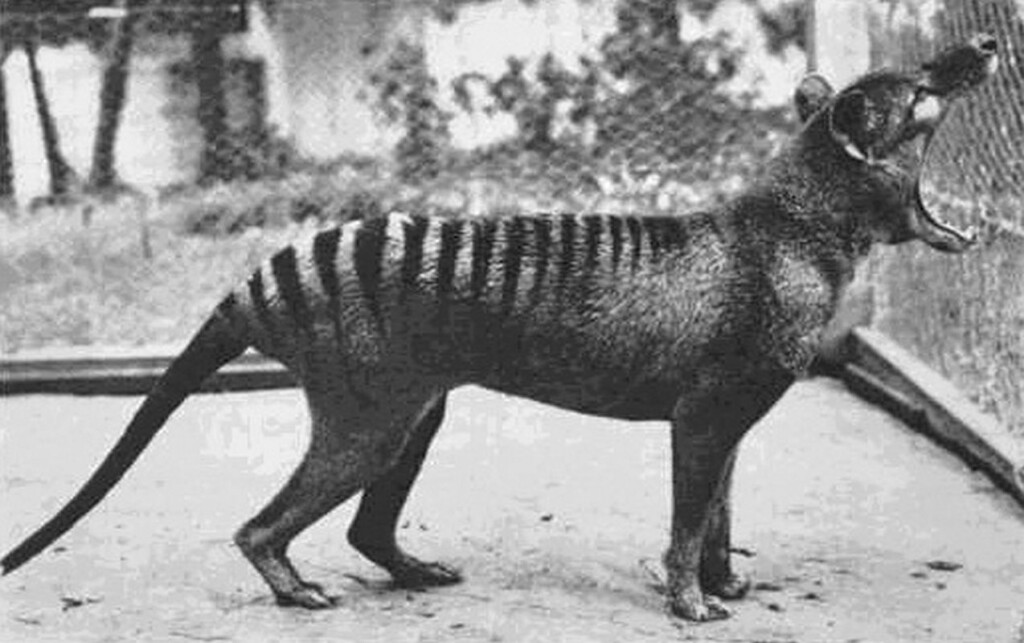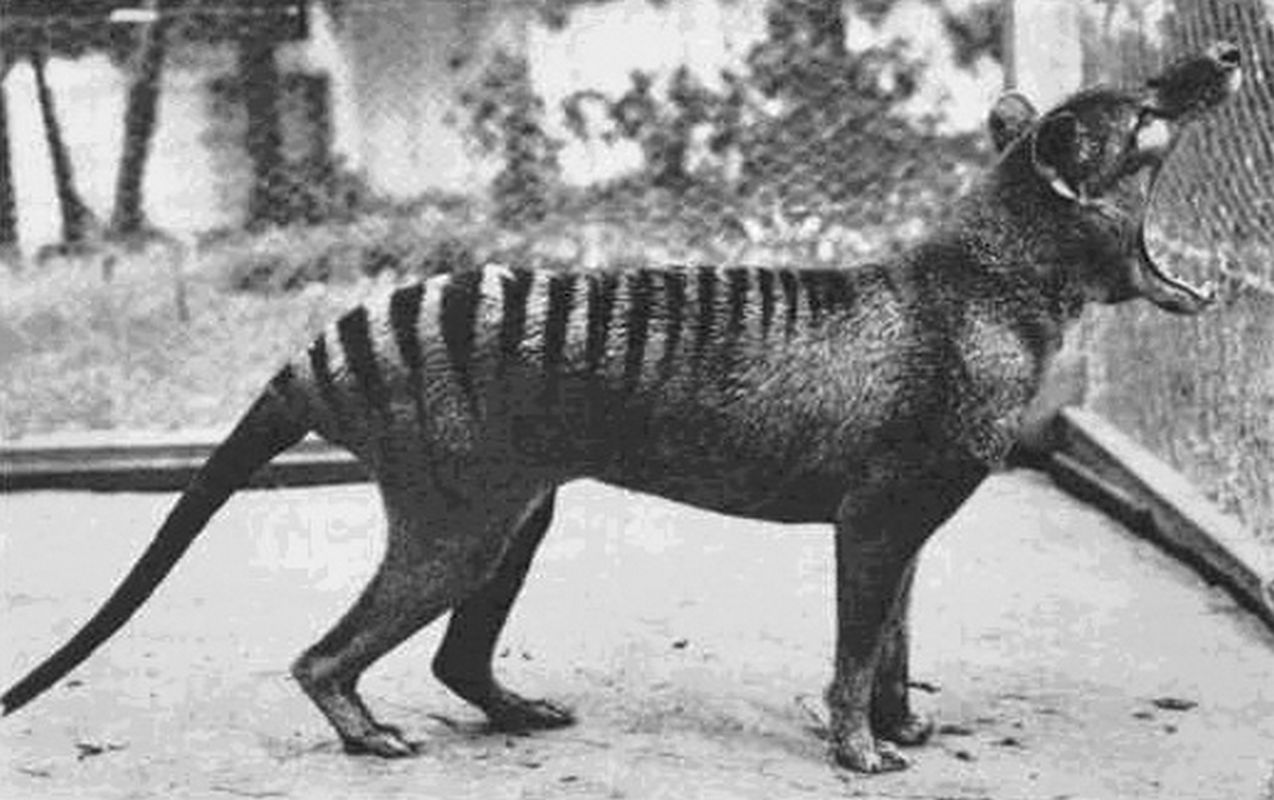
A team of Scandinavian researchers has recovered messenger and micro RNA from a Tasmanian tiger specimen kept in a museum collection.
It’s the first-ever collection of RNA from an extinct creature in history, an achievement long sought after in the study of extinct species and for other applications.
The Tasmanian tiger, or thylacine, was truly unique for an apex predator. This large predatory marsupial was king among Tasmanian forests which remain largely intact since its extinction 130 years ago.
For this reason, the potential resurrection of the thylacine has received a lot of attention, as it would immediately solve many problems facing the balance of the Tasmanian ecosystem without the complexities of trying to replace the apex predator role with a non-native animal.
The thylacine evolved on Tasmania, and putting it back would be by far the easiest solution provided the incredibly difficult task of somehow recreating the thylacine through paleogenomics could be accomplished. Colossal Biosciences in Texas is currently working to produce viable thylacine-like embryos using already sequenced DNA to raise in surrogates over the next few years.
Now though, a Swedish-Norwegian team has isolated the transcriptome of the skin and skeletal muscle tissues from a 130-year-old desiccated Tasmanian tiger specimen preserved at room temperature in the Swedish Museum of Natural History in Stockholm.
The functional difference between DNA and RNA is that DNA stores genetic information which only RNA can read. RNA reads and carries out the instructions for protein-coding contained within DNA.
The researchers were able to isolate useable RNA from a thylacine that carried instructions for skin and skeletal muscle coding which might be key to any resurrection.
OTHER DE-EXTINCTION EVENTS: ‘Important Message of Hope’ Made by Re-Planting Extinct Tree Species on Hawaii
“This is the first time that we have had a glimpse into the existence of thylacine-specific regulatory genes, such as microRNAs, that got extinct more than one century ago,” says Marc R. Friedländer, Associate Professor at the Wenner-Gren Institute at Stockholm University.
The authors point out that museum collections around the world contain vast collections of endangered and extinct species, and their technique for recovering the thylacine RNA holds promise for the study and or protection of all these creatures.
They write that the RNA from the thylacine looks a lot like that of existing marsupials.
MORE STORIES LIKE THIS: How ‘Frozen Zoos’ Are Helping Save Vanishing Species
“Resurrecting the Tasmanian tiger or the woolly mammoth is not a trivial task, and will require a deep knowledge of both the genome and transcriptome regulation of such renowned species, something that only now is starting to be revealed,” says Emilio Mármol, the lead author of a study recently published in the Genome Research journal.
The idea of resurrecting a species has nothing to do with cloning, and has so far centered around the idea of altering the genetic expression of the animal’s closest living relative in utero. In the case of the wooly mammoth, it would be the elephant, and in the case of the thylacine, perhaps the fat-tailed dunnart or Tasmanian devil.
SHARE This Impressive Feat Of Science With Potentially World-Changing Implications…





















This is hopeful news, since the Thylacine should have never gone extinct. Its territory is still vast, filled with more than enough prey – including troublesome critters due to large numbers, and the domain and its harmony waits for their return.